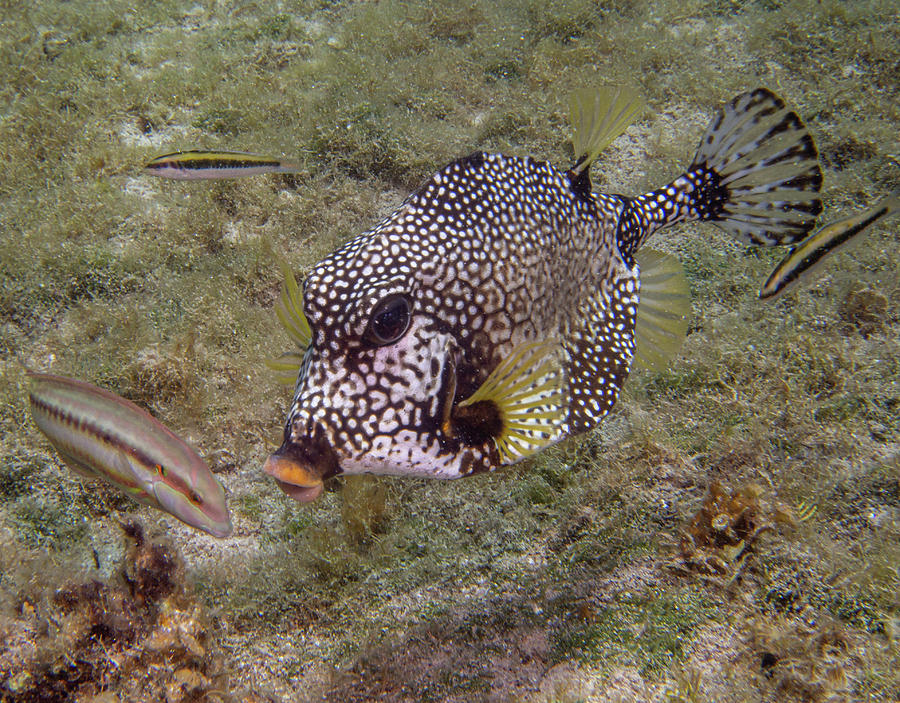

The author of numerous books, scientific papers, and articles, he has been featured in several National Geographic television programs, including “Secrets of the Titanic” a five-part mini-series, “Alien Deep with Bob Ballard.” and, in 2019, “Expedition Amelia.” He was a special advisor to Steve Spielberg on the futuristic television show seaQuest DSV. He has also discovered hydrothermal vents and “black smokers” in the Galapagos Rift and East Pacific Rise in 19. In 1985, he discovered the RMS Titanic, and has succeeded in tracking down numerous other significant shipwrecks, including the German battleship Bismarck, the lost fleet of Guadalcanal, the U.S. A pioneer in the development of deep-sea submersibles and remotely operated vehicle systems, he has taken part in more than 155 deep-sea expeditions. Navy for more than 30 years and continues to work with the Office of Naval Research. Commission on Ocean Policy, and a Research Scholar at the Woods Hole Oceanographic Institution. He is an Explorer-At-Large at the National Geographic Society, Commissioner for the U.S. Ballard is Founder and President of the Ocean Exploration Trust Director of the Center for Ocean Exploration and Professor of Oceanography at the University of Rhode Island Graduate School of Oceanography. He is a Boston Sea Rover and a member of The Explorers Club his home and laboratory are on the south coast of Massachusetts. His most recent book, The Shark Handbook, is a must buy for all shark enthusiasts. He has written dozens of scientific research papers and has appeared in a number of film and television documentaries, including programs for National Geographic, Discovery Channel, BBC, and numerous television networks. Greg has been an avid SCUBA diver and underwater photographer since 1978. Much of his current research centers on the use of acoustic telemetry and satellite-based tagging technology to study the ecology and behavior of sharks. His shark research has spanned the globe from the frigid waters of the Arctic Circle to coral reefs in the tropical Central Pacific. For more than 30 years, Greg has been actively involved in the study of life history, ecology, and physiology of sharks. He holds a master’s degree from the University of Rhode Island and a Ph.D.

He is also adjunct faculty at the University of Massachusetts School for Marine Science and Technology and an adjunct scientist at the Woods Hole Oceanographic Institution (WHOI). He has been a fisheries scientist with the Massachusetts Division of Marine Fisheries since 1987 and currently heads up the Massachusetts Shark Research Program. Gregory Skomal is an accomplished marine biologist, underwater explorer, photographer, and author. It’s also a good idea to dust the insects with calcium powder.Dr. Skinks are veracious feeders’ and will readily eat crickets’, meal worms, super worms, fruit flies, and wax worms. Use a water dish large enough to climb into and keep the water clean.

Setup a basking area then use moss of chola wood for a hiding places. Decorate the tank with wood, live plant’s, sand substrate and rocks. Three to five adults can be kept in a 20 or 30 gallon tank. Temperature should be kept around 75 to 92 degrees Fahrenheit. They are a great choice for one with not much space and will live 4 to 6 years in captivity. They are usually a brown with 3 yellow stripes and a blue tail. They are very active diurnal, meaning they are mostly active during the day.
Bluetail trunkfish for sale full#
Their rather small size makes them great pets for kids.Īt full grown, they only get about 9 to 10 inches in length. Skinks seem at times to move like snakes then they do lizards. They have a slick body surface for burrowing themselves in the sand to evade a predator at a moments notice. Skinks have short tiny legs with short little necks and a blunt like triangular head. Origin: This animal originates from Southeast Africa


 0 kommentar(er)
0 kommentar(er)
